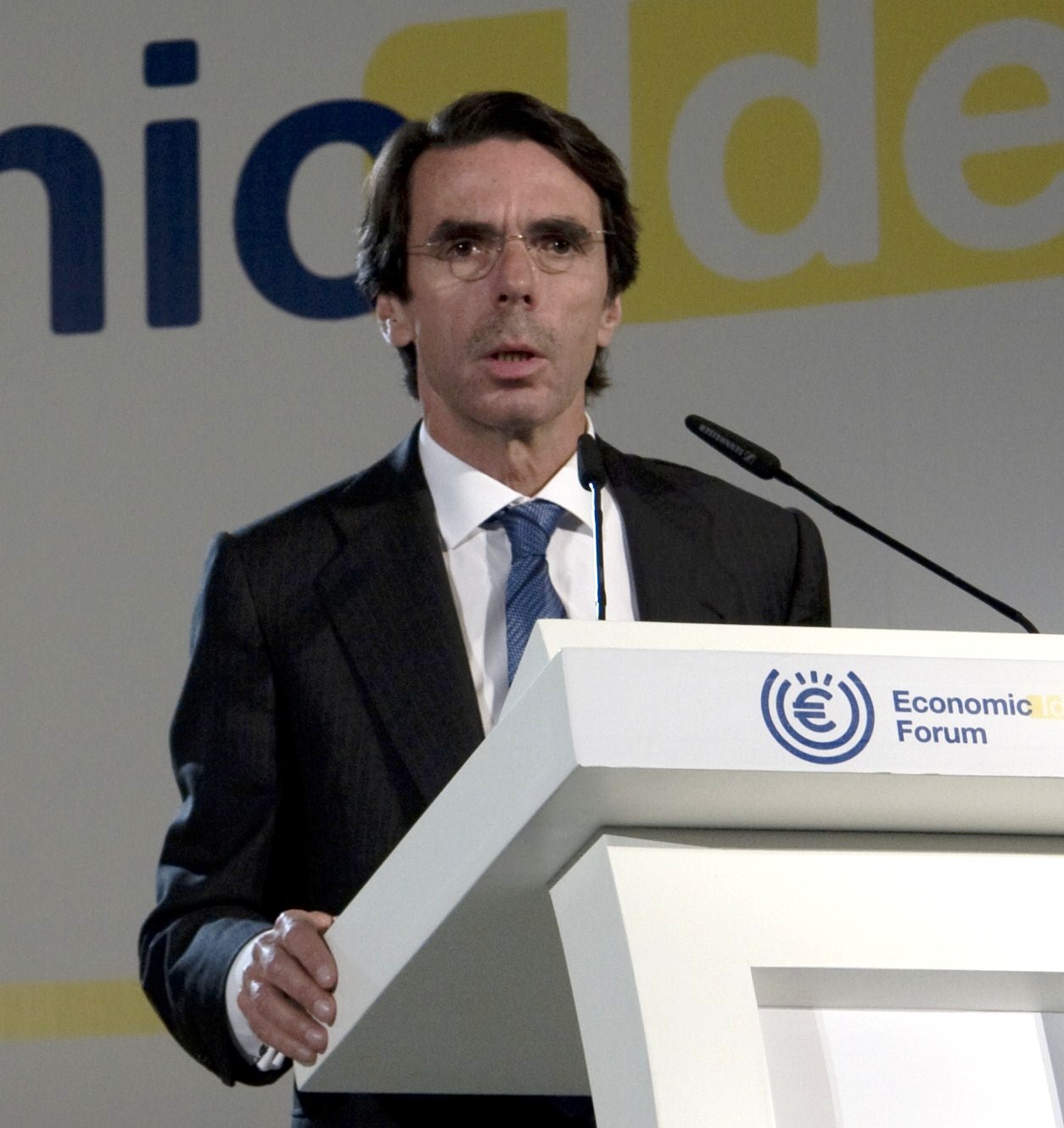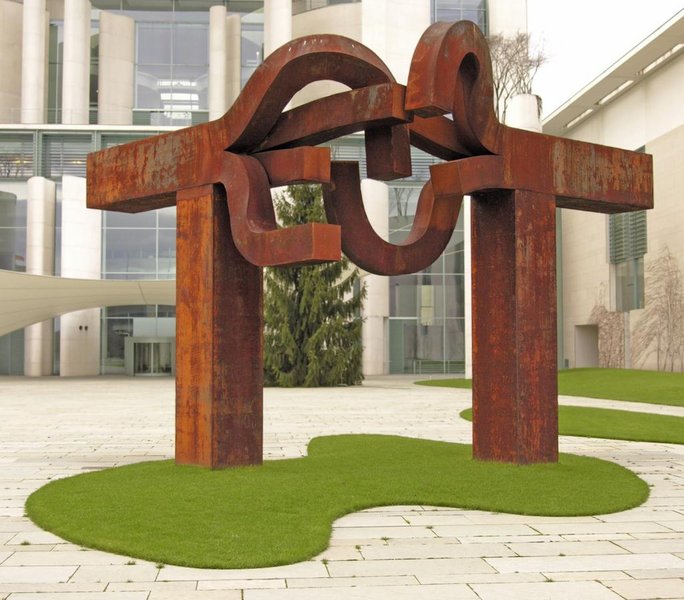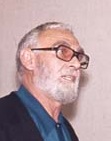|
Juanito Oiarzabal
Juan Eusebio Oiarzabal Urteaga (born 30 March 1956), commonly known as Juanito Oiarzabal, is a noted Spanish Basque mountaineer. He has written four books on the subject. He was the sixth man to reach all 14 eight-thousander summits,explorersweb.comStatCrunch: 8000er mountaineers with 6 summits or more, updated/ref> and the third one to reach them without supplementary oxygen. He was the first person to conquer the top three summits twice (Everest + K2 + Kangchenjunga) and was the oldest climber to summit Kangchenjunga, at almost 53, until Carlos Soria Fontan did so in 2014, at 75 years old.explorersweb.com3 – FIVE TREASURES ON THE EASTERN BORDER retrieved 2010-05-17 In 2004, he lost all his toes to frostbite after summiting K2. In 2009, he announced wanting to become the first person in history to reach a "double 14", summiting each 8000er twice. In April 2010 he reached 24 eight-thousanders, after climbing Annapurna, a world record. In 2011 he climbed Lhotse for a second t ... [...More Info...] [...Related Items...] OR: [Wikipedia] [Google] [Baidu] |
Vitoria-Gasteiz
es, vitoriano, vitoriana, , population_density_km2 = auto , blank_name_sec1 = Official language(s) , blank_info_sec1 = Spanish, Basque , timezone = CET , utc_offset = +1 , timezone_DST = CEST , utc_offset_DST = +2 , postal_code_type = Postal code , postal_code = 01001–01015 , area_code_type = Dialing code , area_code = , leader_title = Alcalde , leader_name = Gorka Urtaran , leader_party = Basque Nationalist Party , website = , module = , footnotes = Click on the map for a fullscreen view Vitoria-Gasteiz (; ), also alternatively spelled as Vittoria in old English-language sources, is the seat of government and the capital city of the Basque Country and of the province of Álava in northern Spain. It holds the autonomous community's House of Parliament, the headquarters ... [...More Info...] [...Related Items...] OR: [Wikipedia] [Google] [Baidu] |
Africa
Africa is the world's second-largest and second-most populous continent, after Asia in both cases. At about 30.3 million km2 (11.7 million square miles) including adjacent islands, it covers 6% of Earth's total surface area and 20% of its land area.Sayre, April Pulley (1999), ''Africa'', Twenty-First Century Books. . With billion people as of , it accounts for about of the world's human population. Africa's population is the youngest amongst all the continents; the median age in 2012 was 19.7, when the worldwide median age was 30.4. Despite a wide range of natural resources, Africa is the least wealthy continent per capita and second-least wealthy by total wealth, behind Oceania. Scholars have attributed this to different factors including geography, climate, tribalism, colonialism, the Cold War, neocolonialism, lack of democracy, and corruption. Despite this low concentration of wealth, recent economic expansion and the large and young population make Afr ... [...More Info...] [...Related Items...] OR: [Wikipedia] [Google] [Baidu] |
Juan Carlos De Borbón
Juan Carlos I (;, * ca, Joan Carles I, * gl, Xoán Carlos I, Juan Carlos Alfonso Víctor María de Borbón y Borbón-Dos Sicilias, born 5 January 1938) is a member of the Spanish royal family who reigned as King of Spain from 22 November 1975 until his abdication on 19 June 2014. In Spain, since his abdication, Juan Carlos has usually been referred to as the ('King Emeritus'). Juan Carlos is the grandson of Alfonso XIII, the last king of Spain before the abolition of the monarchy in 1931 and the subsequent declaration of the Second Spanish Republic. Juan Carlos was born in Rome during his family's exile. Francisco Franco took over the government of Spain after his victory in the Spanish Civil War in 1939, yet in 1947 Spain's status as a monarchy was affirmed and a law was passed allowing Franco to choose his successor. Juan Carlos's father, Infante Juan, Count of Barcelona, was the third son of King Alfonso XIII and assumed his claims to the throne after Alfonso died ... [...More Info...] [...Related Items...] OR: [Wikipedia] [Google] [Baidu] |
José María Aznar
José María Alfredo Aznar López (; born 25 February 1953) is a Spanish politician who was the prime minister of Spain from 1996 to 2004. He led the People's Party (PP), the dominant centre-right political party in Spain. A member of the Frente de Estudiantes Sindicalistas, a dissident Falangist student organisation, in his youth, he studied law at the Complutense University of Madrid and first worked in the public sector as an Inspector of the Finances of the State ( es, Inspector de las Finanzas del Estado). He joined the Popular Alliance, which was re-founded as the People's Party in 1989. He led the Junta of Castile and León from 1987 to 1989 and was Leader of the Opposition at the national level from 1989 to 1996. In 1995, he survived an assassination attempt from the Basque separatist group ETA. The People's Party, led by Aznar, won the most parliamentary seats at the 1996 general election, but he failed to obtain a majority in the Congress of Deputies, which forced ... [...More Info...] [...Related Items...] OR: [Wikipedia] [Google] [Baidu] |
Lehendakari
The President of the Basque Government ( eu, Eusko Jaurlaritzako lehendakaria, es, presidente del Gobierno Vasco), usually known in the Basque language as the Lehendakari ( eu, lehendakari, es, lendakari), is the head of government of the Basque Autonomous Community. The lehendakari leads the executive branch of the regional government. The current lehendakari is Iñigo Urkullu, of the Basque Nationalist Party. The Basque noun ''lehendakari'' means "president" and can refer to the president of any country, club, association etc. History of the term The term ''lehendakari'' is a 20th-century coinage, from the Basque ''lehendabizi'' ("first") and the suffix -''ari'' which indicates a profession. Before the establishment of Standard Basque in the 1970s, it was spelled ''Euzko Jaurlaritzaren Lendakari''. Both ''lendakari'' (president) and ''jaurlaritza'' (government) are Basque neologisms created by members of the Basque Nationalist Party. The generic Basque words for " Preside ... [...More Info...] [...Related Items...] OR: [Wikipedia] [Google] [Baidu] |
Eduardo Chillida
Eduardo Chillida Juantegui, or Eduardo Txillida Juantegi in Basque (10 January 1924 – 19 August 2002), was a Spanish Basque sculptor notable for his monumental abstract works. Early life and career Born in San Sebastián (Donostia) to Pedro Chillida and the soprano Carmen Juantegui on 10 January 1924. Eduardo Chillida grew up near hotel ''Biarritz'', which was owned by his grandparents.Eduardo Chillida Fundación Telefónica, Madrid. Chillida had been the goalkeeper for , San Sebastián's football team, where his knee ... [...More Info...] [...Related Items...] OR: [Wikipedia] [Google] [Baidu] |
Jorge Oteiza
Jorge Oteiza (October 21, 1908 – April 9, 2003), was a Basque Spanish sculptor, painter, designer and writer from the Basque Autonomous Community, renowned for being one of the main theorists on Basque modern art. Oteiza was born in Orio (Gipuzkoa, Basque Autonomous Community, Spain). He moved to South America in 1935, just before the Spanish Civil War, and stayed there for 14 years. In 1963 he published ''Quosque tandem!'', an essay about the aesthetics inherent to Basque soul, based on Basque prehistoric art and Basque people's anthropological roots. Three years on, he contributed to found the artistic group Gaur. He died in San Sebastián, Gipuzkoa, in 2003. Following his will, a month after his death a museum dedicated to his career was opened in Alzuza, Navarre, in the place where he had lived since 1975. The Oteiza Museum is a monographic exhibition space housing the personal collection of Jorge Oteiza, which includes 1,690 sculptures, 2,000 experimental piece ... [...More Info...] [...Related Items...] OR: [Wikipedia] [Google] [Baidu] |
Jesuit
, image = Ihs-logo.svg , image_size = 175px , caption = ChristogramOfficial seal of the Jesuits , abbreviation = SJ , nickname = Jesuits , formation = , founders = , founding_location = , type = Order of clerics regular of pontifical right (for men) , headquarters = Generalate:Borgo S. Spirito 4, 00195 Roma-Prati, Italy , coords = , region_served = Worldwide , num_members = 14,839 members (includes 10,721 priests) as of 2020 , leader_title = Motto , leader_name = la, Ad Majorem Dei GloriamEnglish: ''For the Greater Glory of God'' , leader_title2 = Superior General , leader_name2 = Fr. Arturo Sosa, SJ , leader_title3 = Patron saints , leader_name3 = , leader_title4 = Ministry , leader_name4 = Missionary, educational, literary works , main_organ = La Civiltà Cattolica ... [...More Info...] [...Related Items...] OR: [Wikipedia] [Google] [Baidu] |
Basque Government
The Basque Government ( eu, Eusko Jaurlaritza, es, Gobierno Vasco) is the governing body of the Basque Autonomous Community of Spain. The head of the Basque government is known as the ''Lehendakari''. The Lehendakari is appointed by the Basque Parliament every four years, after a regional election. Its headquarters are located in the Lakua district of Vitoria-Gasteiz in Álava. The first Basque Government was created after the approval of the first Basque Statute of Autonomy on 1 October 1936, in the midst of the Spanish Civil War. It was headed by José Antonio Aguirre (EAJ-PNV) and was supported by a coalition of all the parties that fought the Nationalist forces in the Civil War: those comprising the Popular Front (PSOE, PCE, EAE-ANV and other parties that sided with the Second Spanish Republic). After the defeat of the Republic, the Basque Government survived in exile, chaired by Jesús María Leizaola after the death of Aguirre in 1960. This first Basque Government was ... [...More Info...] [...Related Items...] OR: [Wikipedia] [Google] [Baidu] |
UIAGM
The ''Union Internationale des Associations de Guides de Montagnes'' is the International Federation of Mountain Guides Associations, known alternatively by its French, German and English English usually refers to: * English language * English people English may also refer to: Peoples, culture, and language * ''English'', an adjective for something of, from, or related to England ** English national ide ... abbreviations: * UIAGM, Union Internationale des Associations de Guides de Montagnes (French) * IVBV, Internationale Vereinigung der Bergführerverbande (German) * IFMGA, International Federation of Mountain Guide Associations (English) History In 1965 in Zermatt (Switzerland) representatives of the mountain guides associations from Italy, France, Austria and Switzerland decided to lay the foundations for an international federation of all mountain guides associations. First statutes in 1966. The purposes of the federation are: * Adjustment of t ... [...More Info...] [...Related Items...] OR: [Wikipedia] [Google] [Baidu] |
Mount Elbrus
Mount Elbrus ( rus, links=no, Эльбрус, r=Elbrus, p=ɪlʲˈbrus; kbd, Ӏуащхьэмахуэ, 'uaşhəmaxuə; krc, Минги тау, Mingi Taw) is the highest and most prominent peak in Russia and Europe. It is situated in the western part of the Caucasus and is the highest peak of the Caucasus Mountains. The dormant volcano rises above sea level; it is the highest stratovolcano in Eurasia, as well as the tenth-most prominent peak in the world. The mountain stands in Southern Russia, in the Russian republic of Kabardino-Balkaria. Elbrus has two summits, both of which are dormant volcanic domes. The taller, western summit is ; the eastern summit is . The eastern summit was first ascended on 10 July 1829 by Khillar Khachirov, and the western summit in 1874 by a British expedition led by F. Crauford Grove and including Frederick Gardner, Horace Walker and the Swiss guide Peter Knubel. Etymology The name ''Elbrus'' seems to have a connection with ''Alborz'' ... [...More Info...] [...Related Items...] OR: [Wikipedia] [Google] [Baidu] |
Taklamakan
The Taklimakan or Taklamakan Desert (; zh, s=塔克拉玛干沙漠, p=Tǎkèlāmǎgān Shāmò, Xiao'erjing: , dng, Такәламаган Шамә; ug, تەكلىماكان قۇملۇقى, Täklimakan qumluqi; also spelled Taklimakan and Teklimakan) is a desert in Southwestern Xinjiang in Northwest China. It is bounded by the Kunlun Mountains to the south, the Pamir Mountains to the west, the Tian Shan range to the north, and the Gobi Desert to the east. Etymology While most researchers agree on being the Persian language, Persian word for "place", etymology of ''Takla'' is less clear. The word may be a Uyghur language, Uyghur borrowing of the Persian , "to leave alone/out/behind, relinquish, abandon" + ''makan''. Another plausible explanation suggests it is derived from Chagatai language, Turki ''taqlar makan'', describing "the place of ruins". Chinese scholars Wang Guowei and Huang Wenbi linked the name to the Tocharians, a historical people of the Tarim Basin, making th ... [...More Info...] [...Related Items...] OR: [Wikipedia] [Google] [Baidu] |

_-_Fondo_Marín-Kutxa_Fototeka.jpg)






